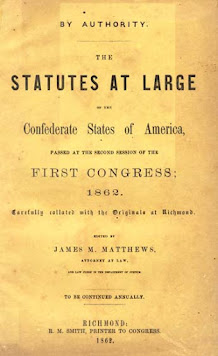Using DNA to Unscramble Biological Family?
If you listened to podcast episode (#4), Adoption, Door-Knocking, DNA & (Family) Reunions, you learned that Charlotte used her adoption paper to uncover the neighborhood of her biological parents. No names were provided to her in advance, but the tight community neighborhood, of course knew all the gossip. So, she began knocking on doors, you will recall.
She also connected with a DNA first cousin, "Jimmy. His story is entwined and they joined forces on this journey. Charlotte knocking on doors, he, suppor"ting her!
Kathleen offered tips for Charlotte to have closure to her genealogical question: Is my first cousin, "Jimmy" related to me through both my mother and my father? Truly, Charlotte and first cousin, Jimmy, also an adoptee, were able to identify how they were first cousins on their maternal side. But, the question as to how Charlotte's paternal 2nd to third cousins were Jimmy's 4th -5th cousins remained. Even John wanted to know! How is this possible?
Untangling Unknown Biological Family
Kathleen offered Charlotte tips. Of course this applies to all who are looking for biological families (adopted or not):
Step 1: Analyze ethnicity and haplogroups. In this case begin with Jimmy's Y-DNA test results.
Step 2: Familiarize and Understand DNA shared centimorgan expectations. Reminder, it's not set in stone, but using the online tool, of thegeneticgenealogists.com, Blaine Bettinger, DNA painter, you are able to eliminate the less than plausible relationships.
Step 3: Obtain original birth certificates, if able, from state.
Step 4: Access a copy of Jimmy's father's birth certificate if possible. Don't forget church records.
Step 5: . Identify the DNA cousin matches that may assist in pinpointing Jimmies grandmother's family line. You will want to understand a) triangulation b) shared chromosomes. It looks more daunting than it is.
 |
Kathleen Brandt
Be Historically Correct
a3genealogy.com
Accurate Accessible Answers
a3genealogy@gmail.com





















